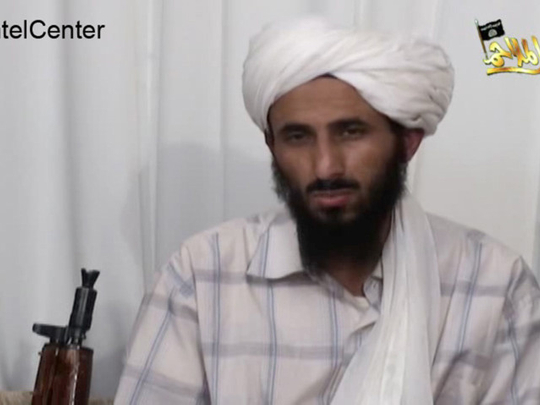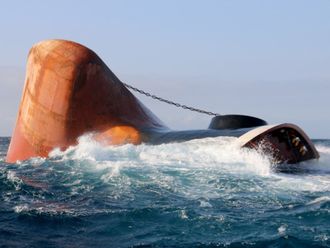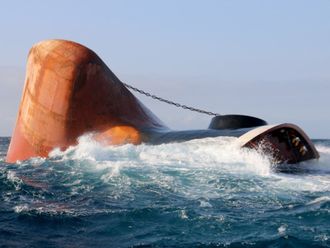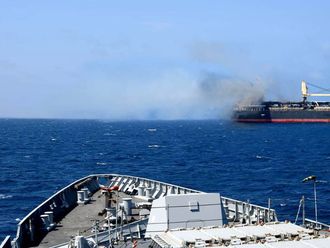
Dubai: Al Qaida has confirmed that its second-in-command, the chief of its powerful Yemeni branch, was killed in a US drone strike, in the heaviest blow to the terrorist network since the death of Osama Bin Laden.
Already struggling with the rise of rival terrorists from Daesh, Al Qaida has suffered a series of setbacks in recent months with several commanders reported killed.
In a video statement, Al Qaida in the Arabian Peninsula (AQAP) confirmed that Nasser Al Wuhayshi was dead.
Al Wuhayshi “was killed in a US drone attack that targeted him along with two other mujahedeen,” who were also killed, said the statement read by prominent Al Qaida militant Khaled Omar Batarfi and dated June 15.
AQAP - which was behind several plots against Western targets including the deadly attack on French magazine Charlie Hebdo in Paris earlier this year - said it had named its military chief Qassem Al Rimi as its new leader.
US officials were earlier reported to have been reviewing intelligence to confirm that Al Wuhayshi was killed in a CIA drone strike on June 9.
A local Yemeni official had told AFP that Al Wuhayshi was believed to have been killed in the raid in Al Qaida-held Al Mukalla, in southeastern Yemen.
Another Yemeni official told AFP last week that a drone had fired four missiles at three Al Qaida militants, including an unnamed “leading figure”, near Al Mukalla port, killing them on the spot.
The US government had offered a $10 million reward for any information leading to Al Wuhayshi’s capture or killing.
As well as the Charlie Hebdo attacks that left 12 people dead, AQAP was also behind an attempt to blow up a US commercial airliner on Christmas Day 2009.
Washington has repeatedly targeted AQAP militants in drone strikes in Yemen and killed several commanders in recent months, including Nasser Bin Ali Al Ansi, who appeared in the video claiming responsibility for the Charlie Hebdo attack.
AQAP has exploited months of fighting between loyalists of Yemen’s exiled government and Iran-backed Al Houthi militants to consolidate their grip on Hadramout province and its capital Al Mukalla - a city of more than 200,000.
While still a powerful and ruthless force, Al Qaida has seen its role as a preeminent terrorist group challenged by the rise of Daesh, the extremist organisation that has seized control of large parts of Syria and Iraq.
Extremist groups from Egypt, Libya and elsewhere have sworn allegiance to Daesh and the two groups have clashed in various countries, most notably in Syria.
Daesh claimed its first attack in Yemen on March 20 - multiple suicide bombings targeting Al Houthis at Shiite mosques in the capital Sana’a that killed 142 people and wounded more than 350.
A senior Al Qaida-linked terrorist, Mokhtar Belmokhtar, was also reported killed in a US air strike in Libya this week but on Tuesday extremist group Ansar Al Sharia denied he had died.
The group named seven people it said were killed in the US strike in eastern Libya but said Belmokhtar, the mastermind of a 2013 siege of an Algerian gas plant in which 38 hostages were killed, was not among them.












